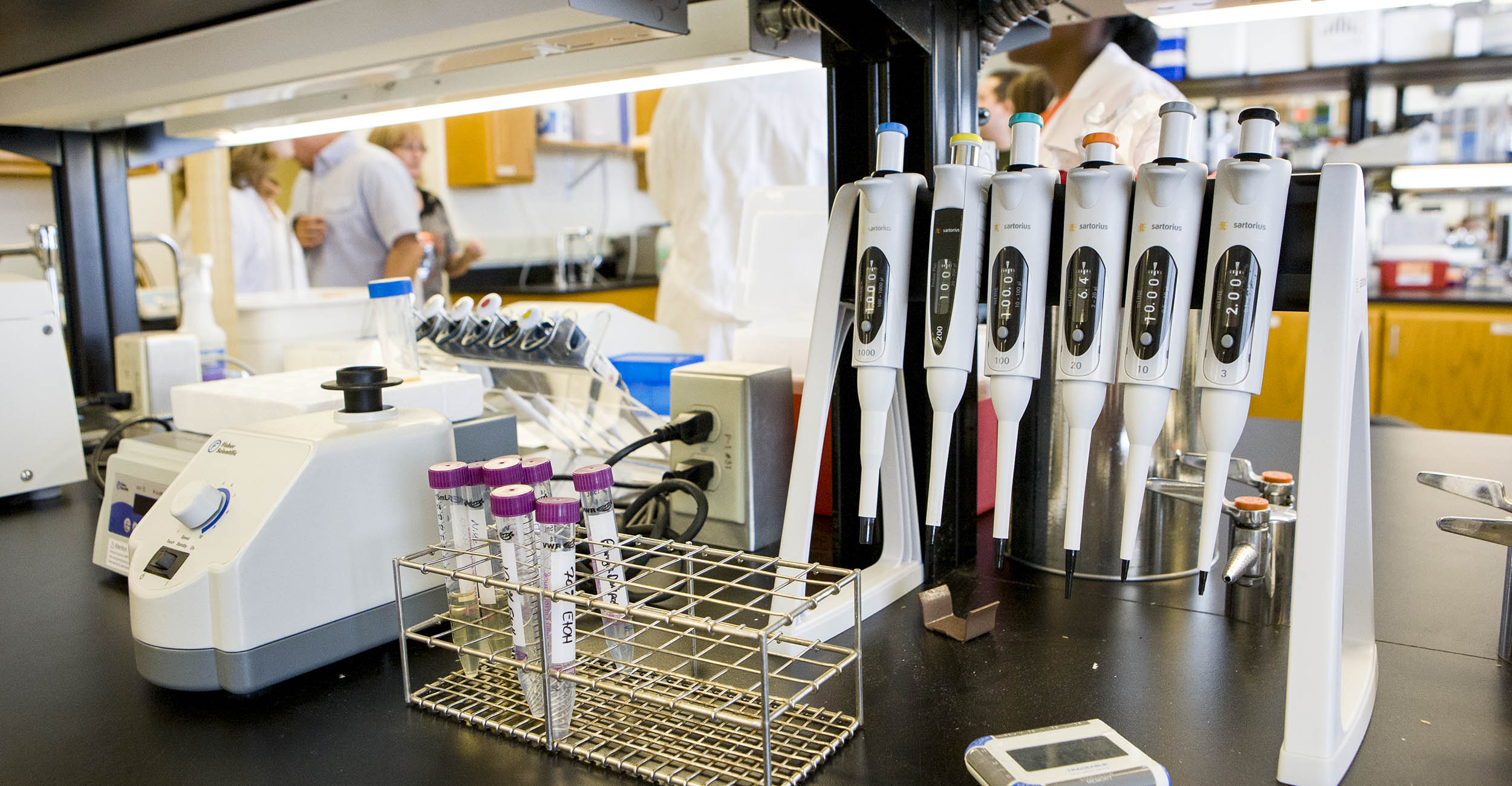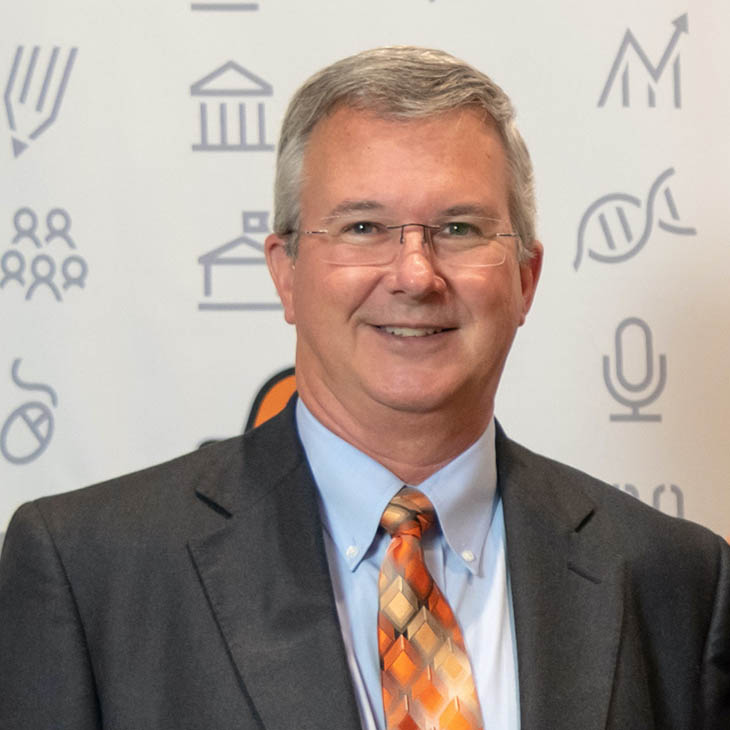
OSU professor working with Swiss team makes health breakthrough
Wednesday, May 18, 2022
Media Contact: Harrison Hill | Senior Research Communications Specialist | 405-744-5827 | harrison.c.hill@okstate.edu
Escherichia coli is known as a dangerous and scary bacterium, and it can be, but many don’t realize that most types of E. coli bacteria are harmless.
Every human has E. coli living in their colon right now and if those beneficial populations stay healthy and strong, it is much harder for the harmful E. coli to take up residence.

How this microorganism acts, what it feeds on and its life cycle is what a team at Oklahoma State University has been studying for over 20 years and their expertise was exactly what a team in Switzerland needed to assist them in groundbreaking research — recently published in the journal Science.
The Swiss scientists who led the research found that E. coli responds to near-starvation diets by activating genes that could allow the bacteria to grow on sugar acids.
The article — “Noninvasive assessment of gut function using transcriptional recording sentinel cells” — reported findings that were made possible by a breakthrough CRISPR-based technology called Record-Seq.
“They wanted to study what E. coli does in response to a change in diet,” said Dr. Tyrrell Conway, head of the Department of Microbiology and Molecular Genetics. “This is what they can monitor with this Record-Seq system.”
While the Swiss team was working with E. coli and changing diets, it began to see sugar acids appearing as a nutrient source, Conway said.
“We've got 30 papers published on stuff like that,” he said. “So if you Google sugar acid, and E. coli and colonization, you'll find one after another of our papers.”
However, up until now, non-invasively monitoring the bacteria as they moved through the digestive system was impossible, Conway said.
This new Record-Seq system — invented by Dr. Randy Platt, who is the corresponding author of the publication in Science — however, can take fecal samples and, through DNA sequencing, can see each step along the journey E. coli takes through our digestive systems.
“When they were finding out that E. coli responds to high fat or high starch starvation diets by turning on sugar acid metabolism, they contacted me,” Conway said. “We then started designing experiments together that are in that paper and I provided the strains.”
This was not the first time Conway had met with the Swiss team though.
“Our collaboration began four years ago when I was introduced to Andrew MacPherson while visiting ETH Zurich,” Conway said. “Andrew runs a remarkably productive microbiome research program in Bern, Switzerland.”
The two spent an entire afternoon talking about intestinal colonization at a level of detail that very few in the world would understand, he said.
“Neither of us imagined then that we would someday work together on this project. After all, Record-Seq hadn’t been invented yet,” Conway said.
The experiments that Conway and his team helped design proved that the Record-Seq technology was capturing events that could only be seen with the new technology, he said.
This is the next step in understanding food-borne illnesses and their life cycles.
The researchers hope that if we can understand how E. coli moves through our bodies and what they eat, we can make sure that the healthy E. coli is present.
“That's what this research is really about — understanding the physiology of healthy E. coli,” Conway said. “Because they serve as a barrier to infection by bacteria that cause diarrhea.”
With people dying every day around the world from E. coli-related sickness that barrier could be what saves lives.
“So what we'd love to know is what does it take to stimulate a healthy and resistant microbiota,” Conway said. “'What does that look like and how can we drive that through prebiotics? What could we eat to foster a healthy, resistant, microbiota.”
